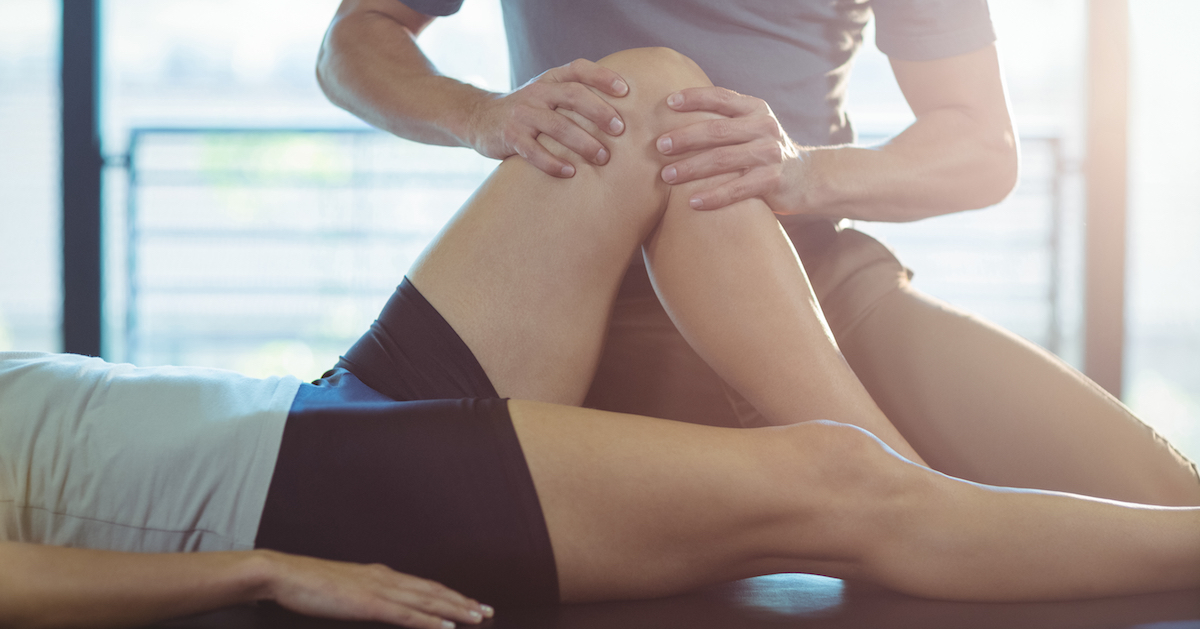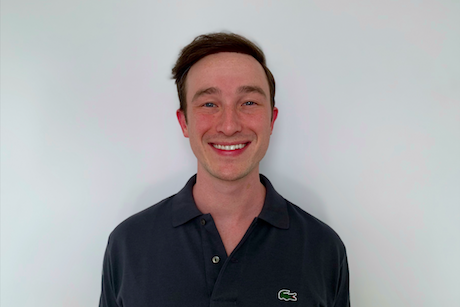How’s your Christmas shopping going? Are you all prepared or more like me and scrambling for what to buy with just a few weeks left?
Whether you’re looking to treat yourself or loved ones, we’ve pulled together a list of useful gift ideas to encourage healthy lifestyle choices – truly, a gift that keeps on giving!
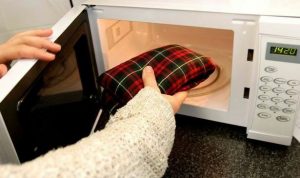
Gift idea 1: Wheat bags
If you’ve heard “my back hurts” or “my neck hurts” too many times this year, a wheat bag might be the gift for you or a loved one. Our physiotherapists commonly recommend using heat to relax tight muscles, reduce joint stiffness and improve flexibility! Applying heat promotes healing and reduces pain by increasing blood flow to the area. Our microwaveable wheat bags come in a range of colours and sizes for necks, lower backs, and shoulders (wraps over neck and both shoulders).
Sizes and prices: Neck $25, Back $39, Shoulders $58.
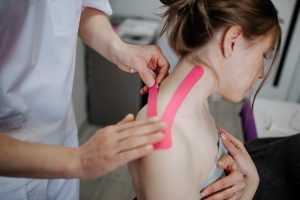
Gift idea 2: Rock tape
Need something for that injury-prone person in your life?
Rock tape is a kinesiology tape that has the ability to stretch lengthways. We often use this tape during our physiotherapy treatments to support joints/muscles, encourage normal range of motion, and improve the flow of fluid or swelling – it’s great for all types of injuries. Rock tape is comfortable, allows for unrestricted movement, and lasts up to 4 days. It comes in a great range of colours that should match any outfit!
Drop in to purchase a roll ($22) and ask one of our physiotherapists about how to apply safely.
 Gift idea 3: Trigger balls
Gift idea 3: Trigger balls
Know anyone who loves to exercise but is always tight and sore?
Trigger balls are ideal for self-massage or trigger point release, which is a great way to relieve pain from tight, sore muscles. Trigger point release involves applying sustained pressure over a tight area or “knot” within a muscle. This helps to reduce pain, improve flexibility, and increase blood flow to the muscle. This can be very effective for a wide range of muscle groups, including hamstrings, gluteal muscles, shoulder, lower back and calves.
Just $5.40 each in a range of sizes and colours, the perfect stocking filler!
Gift idea 4: Pilates socks
Good grip on the Pilates reformer is very important, not just for safety and, but also to get the most out of the equipment during class.
We have a huge range of styles ranging from animal print, stripes and spots to neutral colours. They are all available in sizes small, medium and large. These socks have non-slip grip applied to the underneath which makes for safe use on our equipment.
Drop in and pick up a pair for $17 each.

Gift idea 5: Foam rollers
Need a gift for someone who loves to exercise?
Foam rollers are an absolute necessity as far as home exercise equipment goes. Like trigger balls, these can be used to roll over a particular muscle group, especially useful when trying to self-release a larger area like the quads or calves. Performing self-myofascial release after training helps speed up recovery and reduces risk of injury. They can be used to mobilise your upper back, open up your chest and can also be used in a wide range of core strength and stability exercises. If you want any ideas of uses for your new foam roller feel free to ask one of our physiotherapists the next time you’re in the clinic.
We currently have a range of colours and sizes in stock: Short $20, Long $45.
Gift idea 6: Pilates program 10 packs
Looking for the perfect gift to promote a healthy lifestyle? …or a gentle hint for dad before he goes for a second helping of glazed ham?
Pilates is one of the safest and most effective ways to increase strength, improve mobility and prevent injury. Better still, it can be tailored to people at any age or fitness level. This makes it an ideal form of exercise for anyone, especially those with chronic health conditions or those who have an injury preventing them from other forms of exercise.
Stafford Physiotherapy Centre has been offering clinical Pilates for over 10 years! All of our physiotherapists are trained in both Pilates assessment and teaching. We run small 60 minute group classes (maximum of 4 participants) so that our physiotherapists can keep a close eye on you. We usually run classes 3-5 times a day – we have classes from early morning (7am), throughout the day and into the evening, as well as Saturday mornings.
We require an initial assessment and follow up appointments (these are one-on-one) prior to joining classes – to allow us to assess any injuries, strength or flexibility imbalances, joint mobility, balance and core strength. From this information we prescribe each person an individual program which we go through with you in the follow up session.
The majority of the program involves exercising using a range of equipment; including our reformers, trapeze table, wunda chair, ladder barrel as well as smaller apparatus like swiss balls and foam rollers. Click here for more information on Pilates.
Pilates program 10 packs are currently $420 for existing patients, or $500 for patients new to the practice.
Most private health funds will cover our Pilates appointments and group sessions.
Initial assessment is $150 and follow up session $145.
Gift idea 7: Massage Voucher
Looking for something for that aunt that always starts a fight at Christmas lunch? How about that tightly wound mother-in-law who doesn’t like your pavlova recipe? What could be better than a massage!?
Massage is a highly effective management strategy for subacute/chronic low back pain, exercise induced muscle soreness, and many soft tissue injuries. Physical benefits of massage include: reduced muscle tension, improved circulation, increased joint mobility and flexibility and improved recovery of soft tissue injuries. Massage also reduces the levels of stress hormones in the body, whilst promoting the release of endorphins – a natural brain chemical that promotes feelings of wellbeing.
Prices as per session length: $65 for 30 mins, $85 for 45 mins, $95 for 60 mins, or $145 for 90 mins.
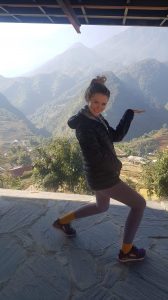
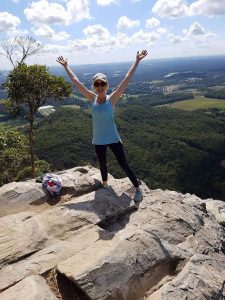

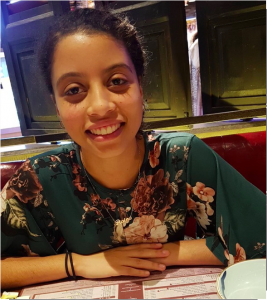 What motivates you? I am motivated by small gains, anything that keeps us progressing. Ability to do an activity for a little bit longer, or a little bit faster, or to get a little bit more enjoyment out of something.
What motivates you? I am motivated by small gains, anything that keeps us progressing. Ability to do an activity for a little bit longer, or a little bit faster, or to get a little bit more enjoyment out of something.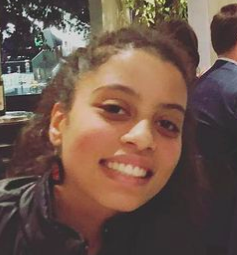




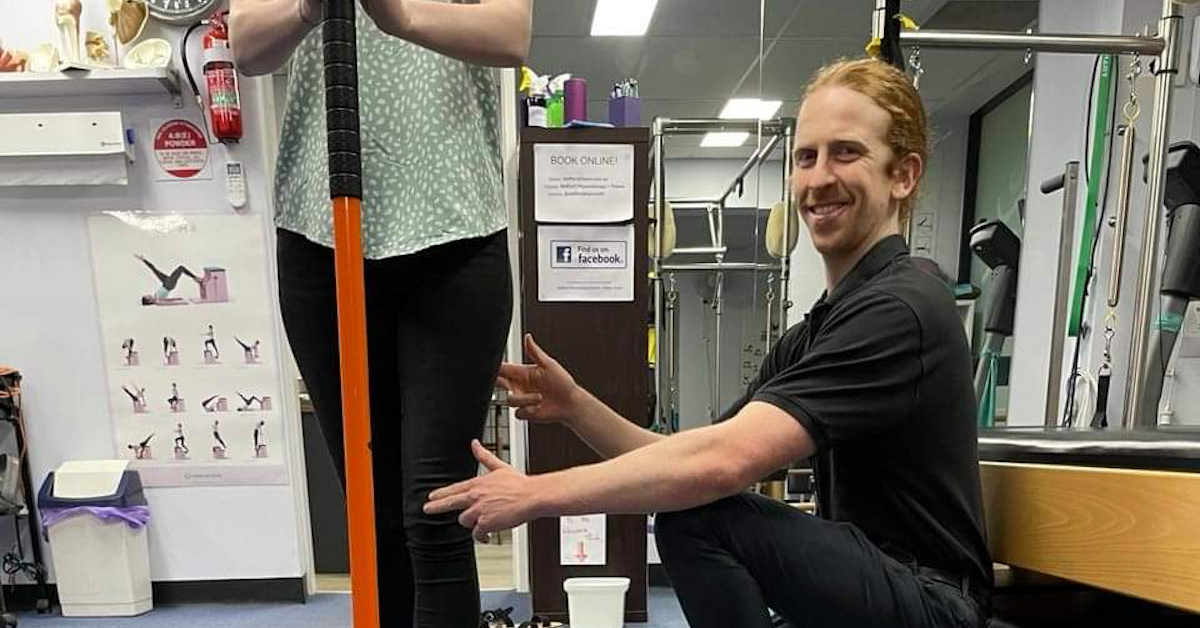
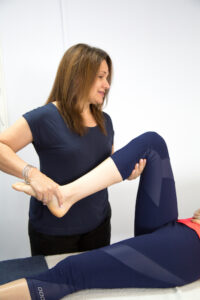 Juhi, Matt and Sandra recently undertook the GLA:D® – “Good Life with osteoArthritis: Denmark” course and are now certified GLA:D® physiotherapists. We will soon be launching our in-house
Juhi, Matt and Sandra recently undertook the GLA:D® – “Good Life with osteoArthritis: Denmark” course and are now certified GLA:D® physiotherapists. We will soon be launching our in-house 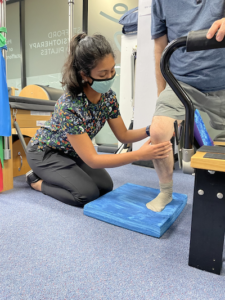
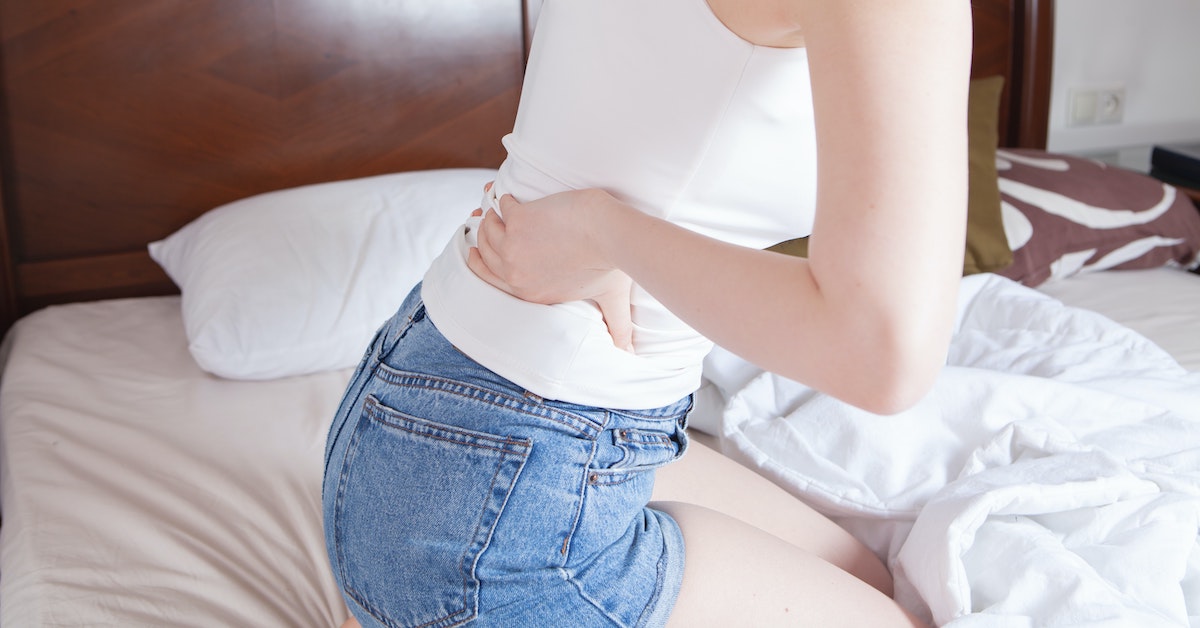
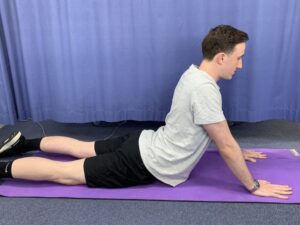 1. Cobra pose
1. Cobra pose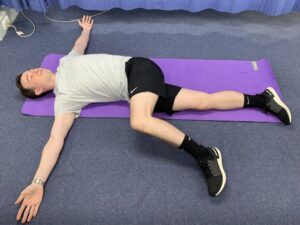 2. Archer stretch
2. Archer stretch 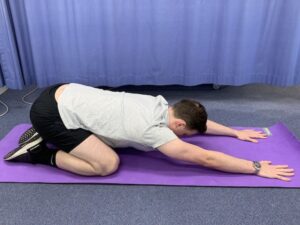 3. Child’s pose
3. Child’s pose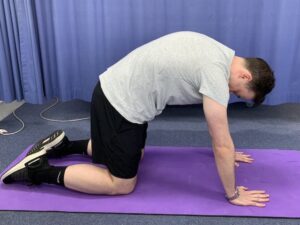
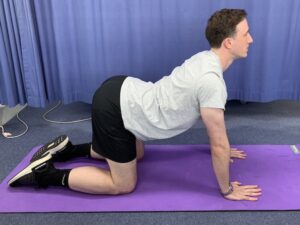
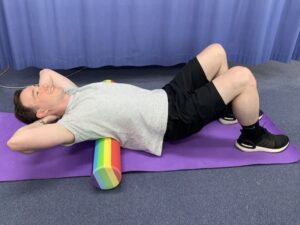 5. Roller Thoracic extension
5. Roller Thoracic extension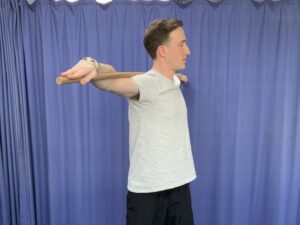 6. Thoracic rotation with stick
6. Thoracic rotation with stick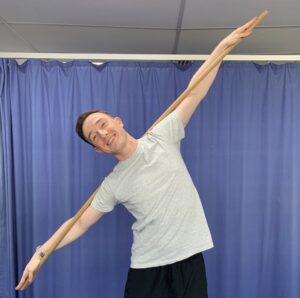 7. Thoracic side bends with stick
7. Thoracic side bends with stick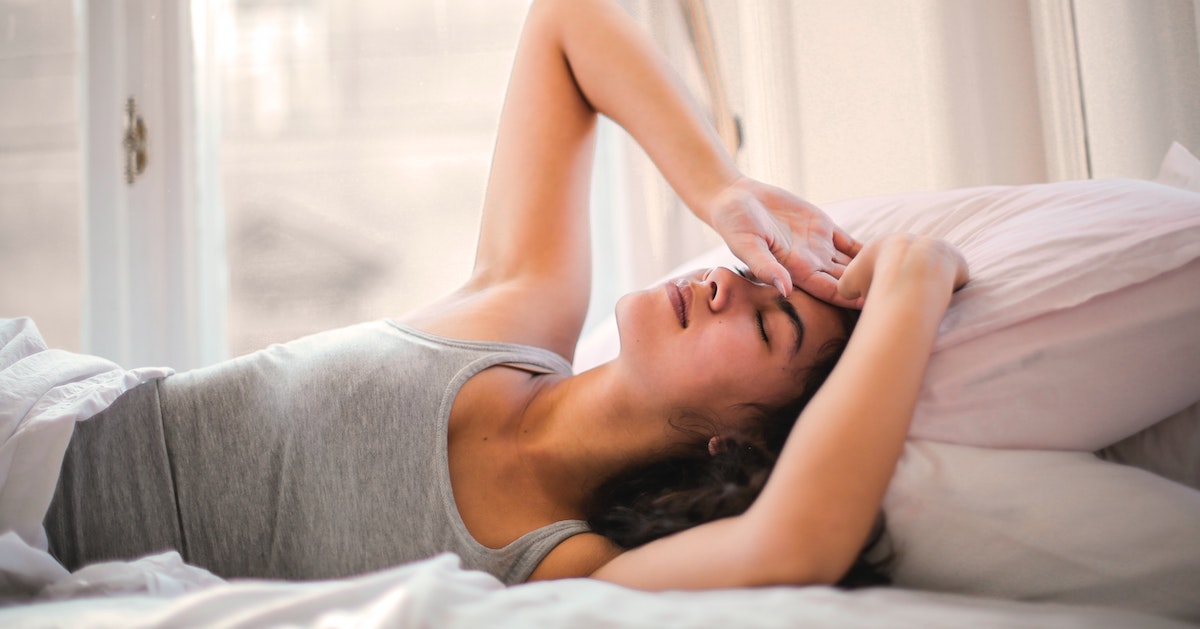
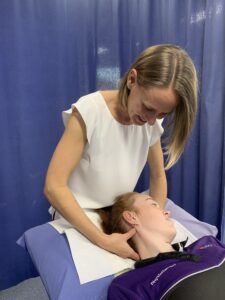
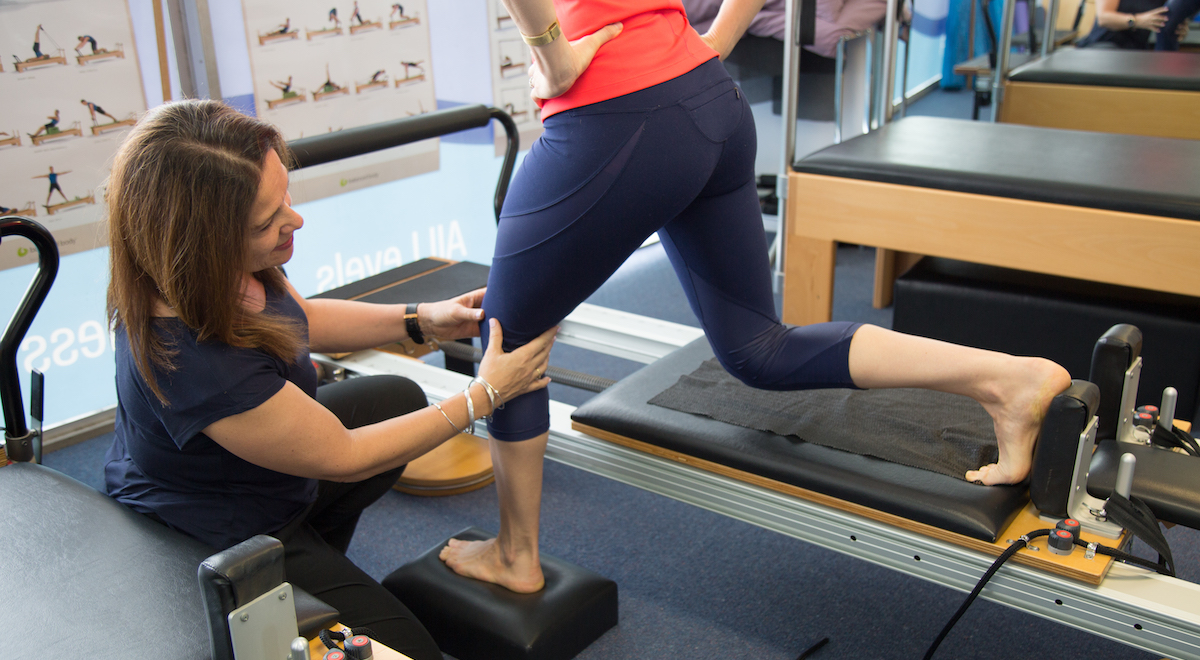
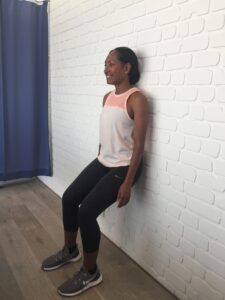 < Wall squat
< Wall squat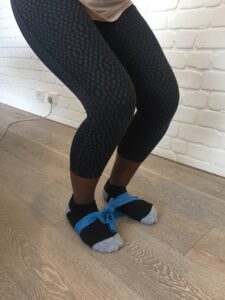 Mini squat with band >
Mini squat with band >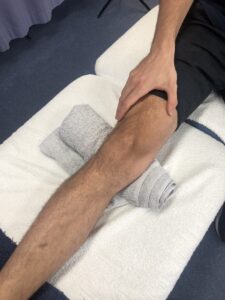 < Knee extensions over a towel
< Knee extensions over a towel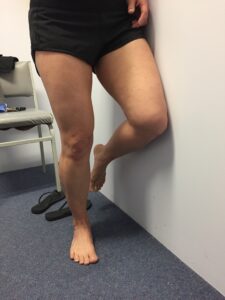 Wall stand >
Wall stand >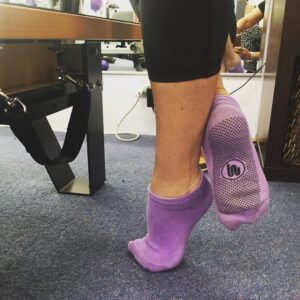 Calf raises >
Calf raises > < Foot doming
< Foot doming